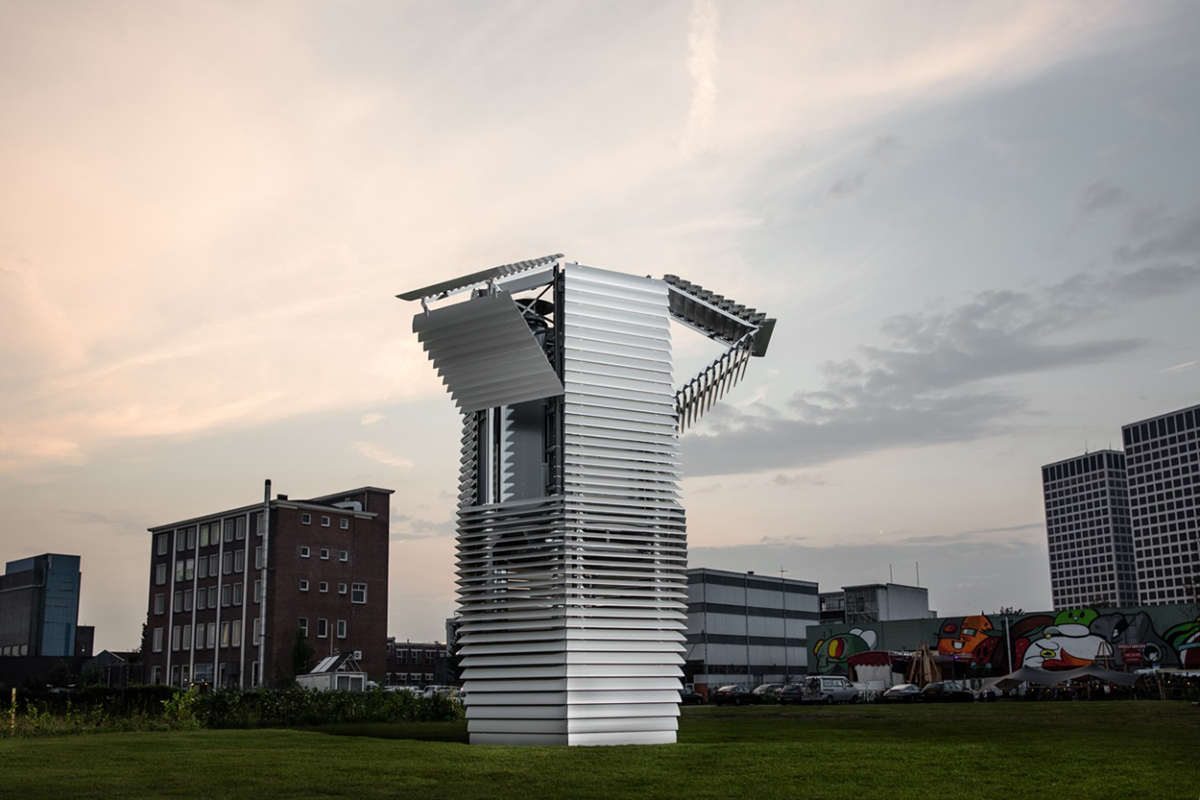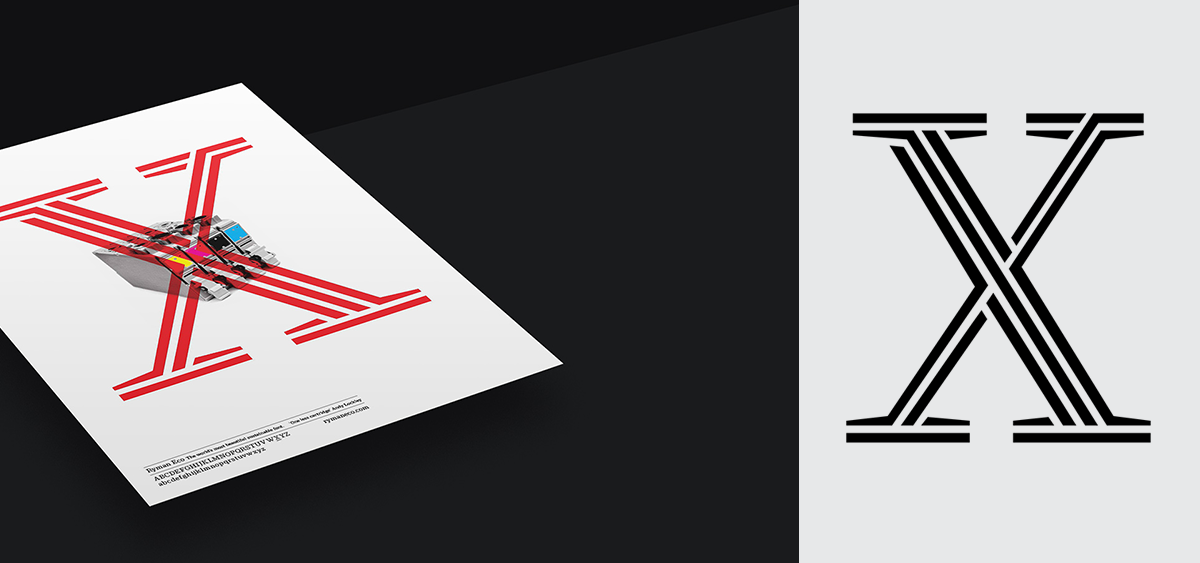Ryman Eco & Being Part of the Conversation

—The Hindu, March 30, 2014
Back in March 2014, a Indian-American teen claimed, to great media fanfare, that the US government could save ink and therefore resources and money by switching typefaces. What seemed a rather clever suggestion on the surface was quickly shot down by the type design community, and though we can commend a 14 year old boy for having his ideas and heart in the right place, the professionals, it turns out, had a point. It also turned out that this was neither the first time anyone had thought about typefaces and ink consumption, nor was this the first time someone had meticulously studied the differences between typefaces with respect to this issue.
The responses and critique however were largely aimed at shooting down the idea and touched less on what we as designers

Image: Studio Roosegaarde
We were fortunate recently to be at Kyoorius Design Yatra where Daan Roosegaarde, of Studio Roosegaarde, gave a stirring presentation of his work. Of all the work he showed, it was the Smog Free Project that has really lingered in my thoughts, and moved me beyond awe to think about its relation to my own field. What, I wondered, would be our equivalent in visual communication terms? This giant air purifier, installable in parks and other public spaces, cleans 30,000 m³ of air per hour. It uses ‘no more electricity than a waterboiler’ and is powered by green wind energy. The intention, he explained, was not to provide a solution to our dirty air, but to stir the conversation. Change by example. Not waiting for governments to move on this, but rather acting with the intention of becoming a small part, even a trigger perhaps, for the wider change that needs to happen. As a recent article in The Guardian put it:
Roosegaarde has far-reaching ambitions for the tower, which is part of his Smog-Free Project. ‘It’s not only intended to be a local solution that creates clean parks or playgrounds,’ he explains. ‘It’s also a sensory experience of a clean future, a place where people can experience clean air.’ He hopes to bring together governments, NGOs, the clean tech industry and ordinary citizens.
‘We can work together to make whole cities smog-free,’ he says. ‘We can wait — or we can participate.’
This made me think of another project, somewhat more familiar in medium, which I think is ‘participating’ and pushing this conversation further.
Ryman Eco is an ‘unfinished font’, or as I like to think, a font which finishes itself. It is a font which uses ink-spread — the bleeding of ink on the page which occurs with common ink jet printing — to create a full form. Meaning the characters don’t need to be a solid, filled forms, and therefore use 33% less ink.

Image: Dan Rhatigan, Ryman Eco
Dan Rhatigan, Type Director at Monotype and the designer behind Ryman Eco, explains his expectations of the project:
…Ryman Eco is an experiment, and like all good experiments you collect data, revisit the hypothesis. My idea for Ryman Eco is that we will be able to revisit it periodically over time and improve it and refine it and really get it better and better and better…
I don’t expect using 33% less ink to save the world directly, but I expect it to be one step in a bigger conversation about how we can save things, I expect it to be one gesture that triggers you to think about what else you can do to make an impact.
The examples of Roosegaarde and Rhatigan suggest that the the answers we’re looking for might not come from easy fixes that make for good media stories. The people that will be at the forefront of this conversation and this change, will be people with the dedication and perseverance to understand complex scenarios and attempt informed interventions, at their level. Some, like Roosegaarde and Rhatigan, will stir this conversation with provocations which are extraordinary examples of what design can do, whether it is fine engineering or craft or thinking with hope and ingenuity around today’s problems. Solutions that make people sit up and ask, like the audience member at the end of Roosegaarde’s talk, ‘but shouldn’t we be getting to the root of the air problem.’ Yes, exactly!
This is not to suggest that we can’t or shouldn’t play our part—quite the opposite—more voices are needed. Many of the answers, as we already know, are actually simple. The point now is, who is participating in the conversation?

One Less Cartridge, by Andy Lockley
The capitol X has one of the most complicated structures, just in figuring out how you get all these lines to interact in the middle, this net of parts that leave all these spaces in the middle free for the ink to go.—Dan Rhatigan
This post was first published on Codesign blog.

